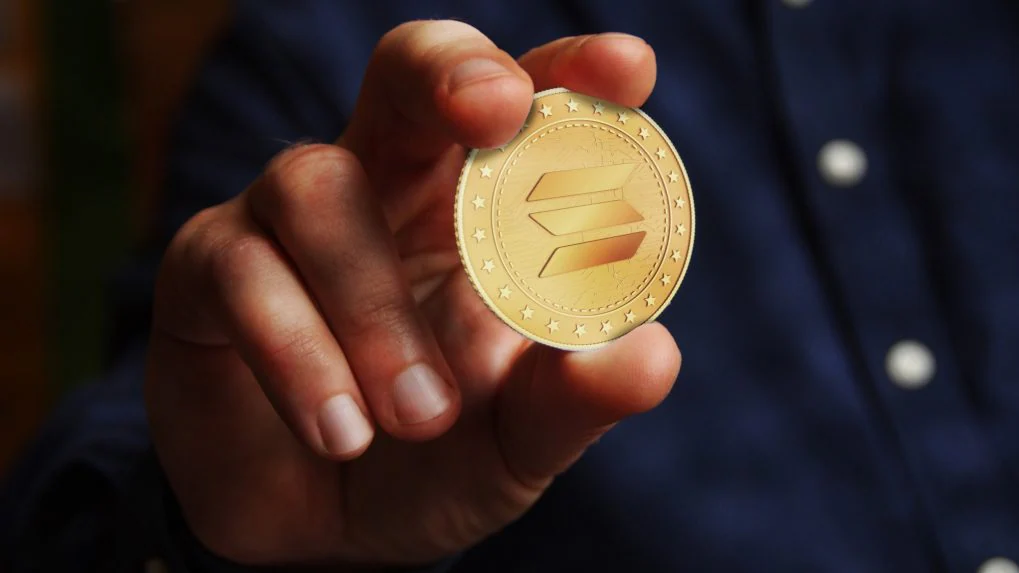David Agullo
How a System Outage Disrupted Solana’s Massive Rally?

Solana’s blockchain recently experienced a lengthy downtime, prompting researchers to uncover serious flaws in the popular blockchain network’s transaction validation process.
According to the site, no cash was lost during the 17-hour outage, and the network was back up and running in within 24 hours, and Solana is built to withstand adverse situations. Its native token, for example, has dropped over 15% in the last seven days to around $136 after a tremendous surge of about 700 percent in the previous two weeks.
What went wrong?
According to Solana’s official statement, “the network slowdown was caused by a denial-of-service attack.” Grape Protocol began their IDO on Raydium at 12:00 UTC, and bots flooded the network with transactions. Because of the memory overflow produced by these transactions, many validators crashed, causing the network to slow down and finally stall. When the validator network couldn’t agree on the present state of the blockchain, the network went offline, preventing it from confirming new blocks.”
“The forwarder queue system filled uncontrollably, causing the RAM used by this queue to increase with it” during a network slowness and a significant transaction spike.
What are some things you should know about the Solana network?
It’s intended to be the fastest, and it’s a crucial part of the blockchain industry’s scalability. As a result, Solana is an excellent alternative for any new decentralised software (dapp) developers, from Grape Protocol to Raydium and Serum.
Over 400 projects in Defi, NFT, and Web 3.0 have been added to the Solana ecosystem. It stands out when compared to Ethereum, which has 3600 dapps on its network.
Solana was released in April 2020, but Ethereum has been in existence since 2015. With the rate at which Solana is developing, investors should expect it to catch up to other networks on the list of largest blockchains in no time.
How did the Solana network re-establish itself?
After the vulnerabilities were uncovered and initial attempts to fix them failed, the Solana community recommended a hard fork, which is a protocol update that allows the network’s path to diverge from the last confirmed slot.
The idea has to be approved by 80% of the active stakeholder base. Solana works on a system called “proof of stake,” which requires transactions or decisions to be authenticated using “proof of stake.”
What transpired next is described in Solana’s initial investigation report: “Over the following 14 hours, engineers from around the world collaborated to write code to minimise the problem and manage a network upgrade and restart involving 1000+ validators,” it says.
What was Solana’s response to the crisis?
On September 15, the Solana network’s founder Anatoly Yakovenko tweeted, “better today than when it had a billion users.” “Just need to repair the bugs,” he remarked, referring to how it harmed the network’s image. It’s all a part of life.”
The blockchain network’s failure due to resource exhaustion is nothing. It’s been happening on just about every network. In December of last year, Solana faced a similar meltdown.
The initial Solana probe into the outage throws light on two crucial aspects of systematic failures: one, resource exhaustion, and another, delay in consensus among the validators to take a quick decision.
While the former highlights the vulnerability of all digital infrastructures, the latter demonstrates that, despite the blockchain industry’s obsession with decentralisation, the authority to make critical decisions remains in the hands of a few individuals.
Latest
News
19 Apr 2024
News
16 Jan 2024
News
31 Aug 2023
News
24 Jun 2023













